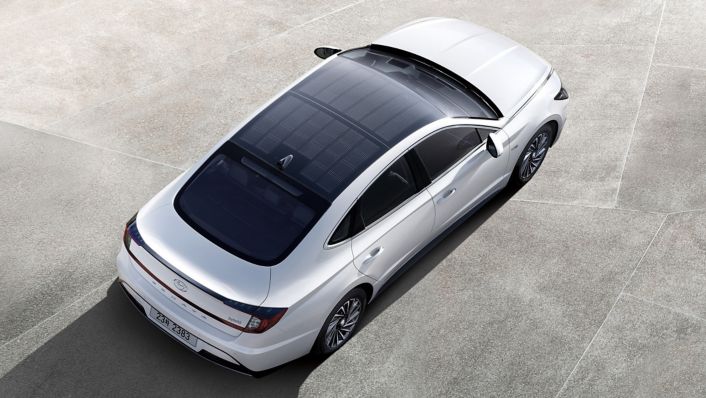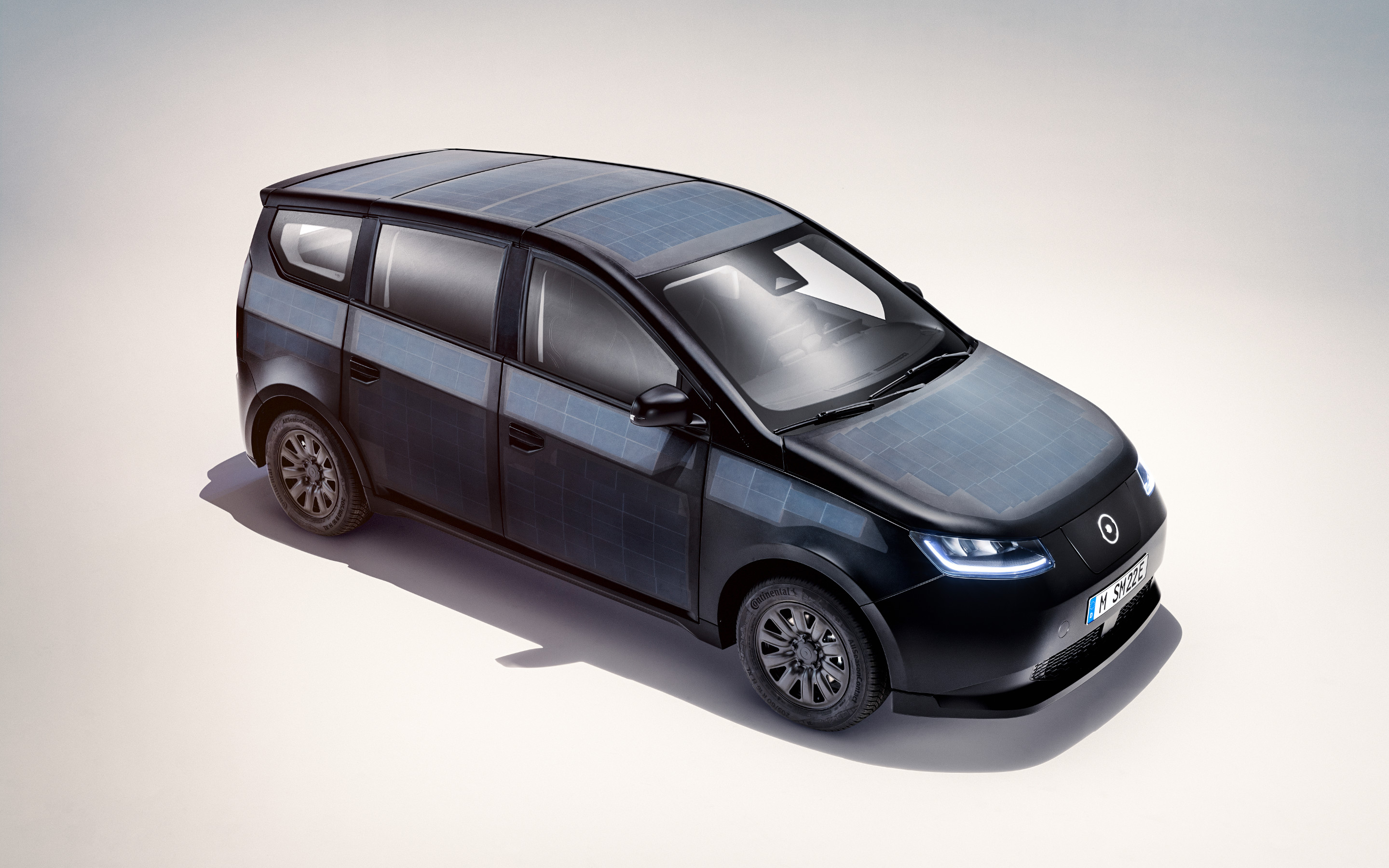Advances in Solar-Powered Electric Cars
Electric vehicles are being coined as the future of the automotive industry, with all the top multi-national automotive companies investing heavily in the technology. But as many companies grapple with the idea of re-designing their most popular gas-powered vehicles into an environmentally friendly electric version, some companies have advanced the technology once again.
Automotive companies are creating solar-powered electric vehicles as the next stepping-stone in electric vehicle technology. German Sono Motors, American Aptera Motors and Dutch Lightyear are some of the companies that are investing in and designing vehicles with this new and updated technology. Well-established companies such as Hyundai and Tesla are also looking into this new technology.
The main goal of implementing solar panels into vehicles is to enable electric vehicles to recharge themselves without stopping for a few hours. Electric vehicles with integrated photovoltaic cells can convert sunlight into energy. As a result, the car can either use it immediately or store for a later date.
How does it work?
These vehicles will contain a standard lithium-based battery, meaning they will operate like a typical electric vehicle, just with an extra, eco-friendly boost from the integrated solar panels. The solar panels on these vehicles will be able to use sun rays to provide up to 45 miles of additional driving capacity on a clear day. And to add, charge the car 40 percent quicker.
For long distances, these vehicles will function like the hybrid cars on the road at the moment, in which combustion engine vehicles are supplemented with electric technology. But this time, the vehicles are electric at their core but supplemented with solar power, so the panels can top up the vehicle’s battery while it drives.
For shorter distances like commuting, most of the driving could be completed using just solar-powered technology, which is not only better for the environment but free for the owner of the vehicle. Adding solar-powered technology to vehicles will be extremely popular with car owners. It is believed to be even cheaper than electric vehicles, let alone traditional combustion engines.
Where are the solar panels located?
Solar panels can be integrated into many different spaces within a vehicle. The most popular place to put solar panels is on the roof. However, automotive designers are starting to implement them into the doors, hood and trunk as well. They are cheaper to implement than increasing the vehicle’s battery size. Solar cells will be attached to the vehicle using mechanical fasteners or structural adhesives. By attaching them correctly, any aerodynamic features will not be compromised.
Some of the solar-powered cars that are being developed have up to seven square meters of solar cells implemented. Reports show this will provide enough energy to cover up to 70 percent of the average yearly mileage.
While this technology seems like the answer to vastly reducing the carbon footprint that the automotive industry has on the earth, it may be some time before fully solar-powered vehicles will be on the market.
What are the setbacks?
As automotive designers are learning more about the technology behind electric vehicles, they realise that a bigger battery is needed for more power or distance, which in turn makes the vehicles more expensive.
Adding solar panels to cars is an excellent alternative to larger, heavier batteries to combat this cost and add more efficiency to electric cars.
Another challenge manufacturers may face is storing all the energy solar panels generate. When the car’s battery is full, but the solar panels are still generating energy that could be lost, manufacturers need to figure out a way to store as much energy as possible.
Also, another challenge will be the reduction in the amount of solar-powered energy created during winter. This is typically when skies are cloudy or in cities with massive solar obstructions. Manufacturers need to find a way to optimise charging and energy generation so that these vehicles are as effective for people living in the city as in the countryside.
At the moment, due to the challenges and their overall efficiency, solar-powered cars are only purposeful for short, quick journeys.
But as solar technologies like solar glass are developed and refined, in the future, fully solar-powered cars will be able to complete long journeys just like traditional vehicles with combustion engines.
Types of solar-powered electric cars in development

Aptera Motors have also developed a solar-powered vehicle, which will wow anybody who has the pleasure of looking at it. It is an electric vehicle for the future. This vehicle contains many desirable features, the most significant being the 3 meters of solar panels throughout its body. These panels could give an extra 45 miles of driving every day. All things considered, that range is capable of meeting most people’s daily driving needs.

Image source: CDN
Sono Motors has also designed a more subdued version of a solar-powered electric vehicle, which they have named Sion. It has integrated over 248 solar panels throughout its body. It can also provide 1.2kWp and an extra 245 kilometres of driving per week. They had replaced traditional bodywork with solar panels to give their customers as much free, clean energy as possible.
Sono Motors integrated these panels using injection moulding, which is a fast and low-waste manufacturing process. This vehicle will begin production this year. It is the perfect commuter car with an unassuming grace surrounding it.

Image source: SonoMotors
Overview of solar-powered cars
All in all, solar-powered vehicles are the new future of automotive manufacturing. In fact, companies are looking beyond the electric vehicles that are currently flooding car dealerships. In a way, electric vehicles are just the start. Solar-powered cars give the owner free, clean energy while providing the same useful characteristics as a traditional combustion engine vehicle. This new and exciting technology is destined to change the automotive industry for the better.














